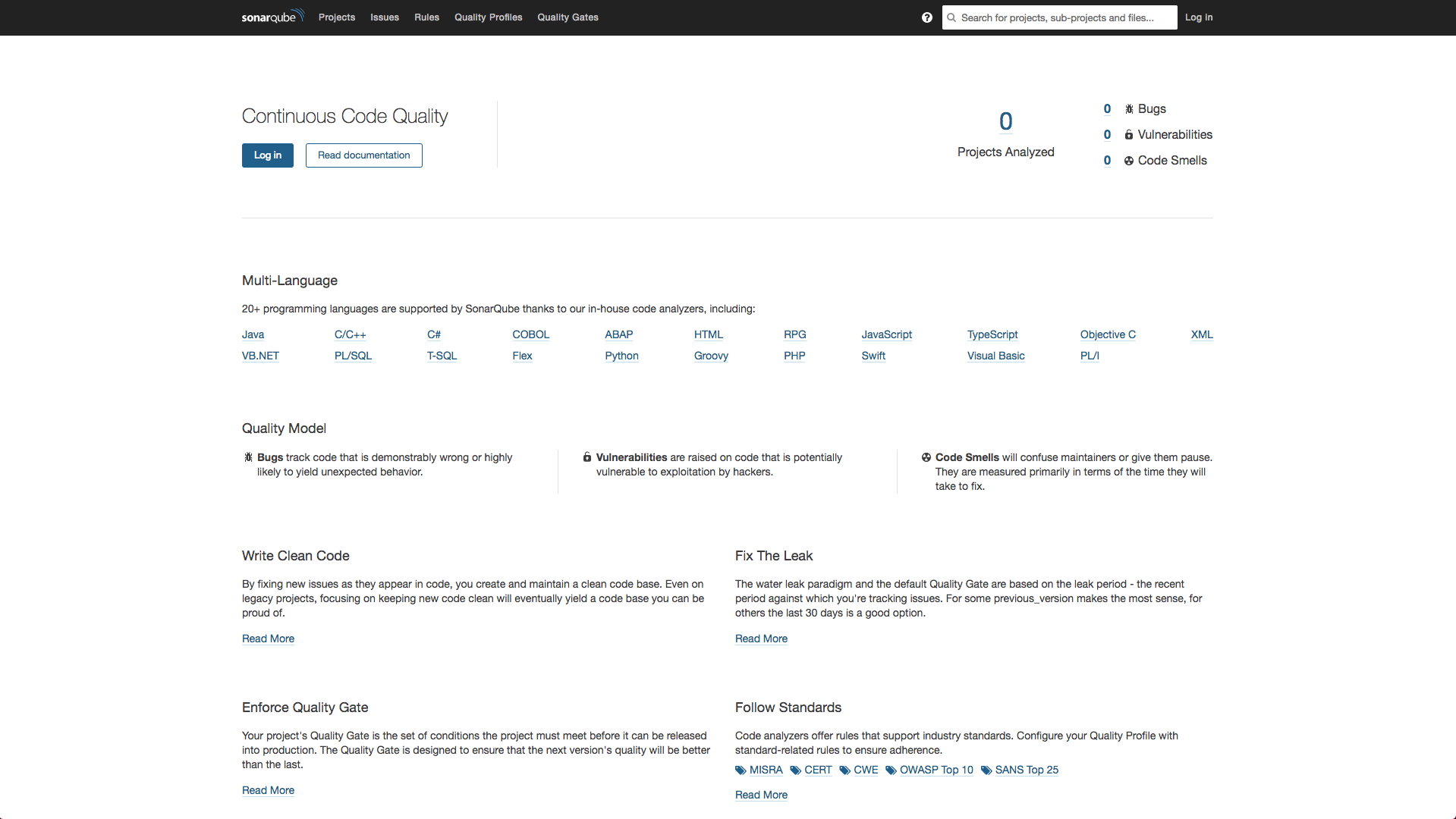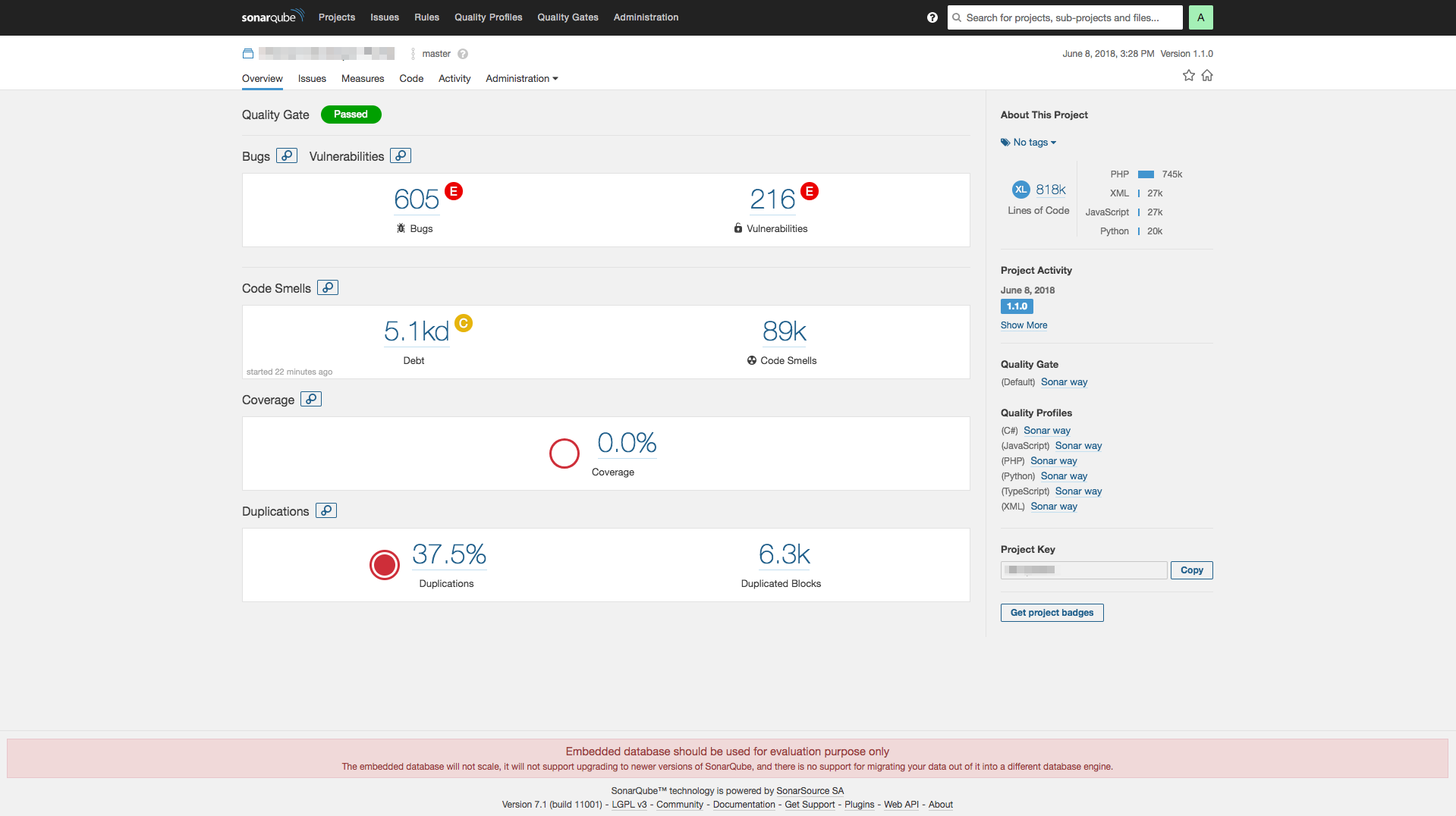When working on enterprise projects, it is vital to follow the recommended security practices. Security and risk assessment are a crucial part of software development. Security is also everyone's job and should be embedded into every business process and operation.
Core concepts
The application security core concepts are primarily concerned with reducing the primary attack surface—our exposure, reachable and exploitable vulnerabilities that we might have in our software. It is crucial to make it as small as possible because the app controls access to the data and sources of software.
The core security process is also known as the 'CIA triad':
- Confidentiality
- Integrity
- Availability
Confidentiality means protecting sensitive data from improper disclosure, which can have legal and contractual consequences for you or the company you work for. One of the things you can do to mitigate this and ensure the confidentiality of your application is to mask and obfuscate access to the application by using passwords, make view-based access controls for accessing the database, and use encryption when dealing with data transfer and storage.
Integrity involves the protection of sensitive data from unauthorized modification and ensures compliance and security of data processing according to law. One way to ensure data integrity is by using digital signatures (GPG or PGP using hashes). We need to have proof of the sender's identity—data signed by you so you cannot say you didn't do it/send it, and proof that data was not altered in transit. This is what integrity is all about.
Availability is the prevention of data or system destruction and the ability to maintain operational capability. We need to assess where the software could fail (single point of failure) and provide fault tolerance—redundancies that automatically take over the running of the application/service in case of failure. For instance, if the application crashes on one container, another one should automatically boot up to replace it with a minimal timeout. We need to take care of scalability.
Risk management
Risk can be defined as the likelihood (probability) of a threat exploiting a vulnerability, thereby causing damage to an asset.
Risks will regulate the number of controls (limitations) that will be used to reduce the risk to the organization. Risk can be good or bad; investments are risky, but can pay off if you've made a good one.
Risk is not eliminated, it is managed. We need to assess the possible risks, respond to them, and monitor them. All this constitutes the risk context or frame.
Once we've assessed the risk, we can choose to: avoid the risk (don't implement a certain feature that is deemed too risky and can present a vulnerability); transfer the risk (third party insurance—for instance, you engage somebody else to do a part of the app); accept the risk (know the limitations and implement the feature); reduce/mitigate a risk (for instance, implement monitoring and logging for an application).
OWASP
The Open Web Application Security Project (OWASP) is an online community which produces freely available articles, methodologies, documentation, tools, and technologies in the field of web application security.
Check the OWASP page for more information.
OWASP Wordpress Security Implementation Guideline
Some tips
Never store passwords or critical information on Git or any versioning system. Never store wp-config.php credentials in your code as well.
One secure way is to use the environment variables that can be injected into the app during deployment. You can then use them in your application with the getenv() function.
When working with environment variables in PHP, make sure to disable the phpinfo() function, since the environment variables are usually visible in it.
Another way, if you are using the AWS and EC2 or ECS instances, is to store credentials in an encrypted S3 bucket and pull them using the methods available in aws-sdk-php.
Read more here: https://aws.amazon.com/blogs/security/using-iam-roles-to-distribute-non-aws-credentials-to-your-ec2-instances/
Security tools
Code sniffer
The first tool to install in every project is PHP_CodeSniffer.
Boilerplate already comes bundled with coding standards which depend on the code sniffer. You can install the coding standards using composer:
composer require infinum/coding-standards-wp --dev
The code sniffer tokenizes your code against a set of sniffs that look for certain common practices and possible security issues.
SonarQube
SonarQube is an open-source quality management platform. It does a static code analysis and checks your code for code smells, bugs, and possible security vulnerabilities.
It can be run from Docker. You can find the installation instructions here.
You have to install Docker first. After that, pull the SonarQube Docker image.
docker pull sonarqube
and start the SonarQube server
docker run -d --name sonarqube -p 9000:9000 -p 9092:9092 sonarqube
The local SonarQube can be accessed through the browser on localhost:9000.

Analyzing with scanner tutorial.
You can log in as admin with the admin user and admin password. You can add the project by going to Administration->Projects. You may be prompted to enter a token name and generate a token. Be sure to remember that token because it will be used when creating a sonar-project.properties file which is necessary to run the scan.
You'll also need to install the Java Virtual Machine (JVM) and sonar-scanner using brew.
brew update
brew cask install java
brew install sonar-scanner
You'll have to add a sonar-project.properties file in the root of the project (public_html) that looks something like this:
sonar.projectKey=project-key
sonar.projectName=Project Name
sonar.projectVersion=1.0.0
sonar.login=4CqVnlU9PzqKUjBqaHu3oGiPhHAv1PrC4pRrhgOA
sonar.sources=wp-content/themes/,wp-content/plugins/
After that, you should go to the project root and run sonar-scanner.
In the event of a failure, you can capture the output in a log file with
sonar-scanner -X &> ~/Desktop/sonar-log.txt
After the scan is finished (it takes a while), you will see the report in the SonarQube UI.

If you already have an existing Docker image, you can start it with
docker start sonarqube
and you can stop it with
docker stop sonarqube
WPScan
WPScan is a WordPress scanning tool that runs on Docker.
To install WPScan on your Mac, you need to have Docker installed. After you've installed Docker, pull the image with
docker pull wpscanteam/wpscan
Start the scan with
docker run -it --rm wpscanteam/wpscan --url https://yourblog.com [options]
You should replace https://yourblog.com with your local installation of WordPress. You can see the list of options here. You can also leave it empty.
That will run WPScan and provide an output that looks something like this (output may vary):
_______________________________________________________________
__ _______ _____
\ \ / / __ \ / ____|
\ \ /\ / /| |__) | (___ ___ __ _ _ __ ®
\ \/ \/ / | ___/ \___ \ / __|/ _` | '_ \
\ /\ / | | ____) | (__| (_| | | | |
\/ \/ |_| |_____/ \___|\__,_|_| |_|
WordPress Security Scanner by the WPScan Team
Version 2.9.4
Sponsored by Sucuri - https://sucuri.net
@_WPScan_, @ethicalhack3r, @erwan_lr, @_FireFart_
_______________________________________________________________
[i] The remote host tried to redirect to: http://my-test-site.test/wp-login.php?redirect_to=http%3A%2F%2Fmy-test-site.test%2F&reauth=1
[?] Do you want follow the redirection ? [Y]es [N]o [A]bort, default: [N] >N
[+] URL: http://my-test-site.test/
[+] Started: Fri Jun 8 13:45:40 2018
[+] Interesting header: SERVER: nginx
[+] XML-RPC Interface available under: http://my-test-site.test/xmlrpc.php [HTTP 405]
[+] API exposed: http://my-test-site.test/wp-json/ [HTTP 200]
[!] Full Path Disclosure (FPD) in 'http://my-test-site.test/wp-includes/rss-functions.php':
[+] Enumerating WordPress version ...
[+] WordPress version 4.9.6 (Released on 2018-05-17) identified from links opml, advanced fingerprinting
[+] Enumerating plugins from passive detection ...
[+] No plugins found passively
[+] Finished: Fri Jun 8 13:48:27 2018
[+] Elapsed time: 00:02:46
[+] Requests made: 61
[+] Memory used: 35.848 MB
Useful hardening code snippets
Remove WP version from generator in head
/**
* Return empty string in the 'wp_generator'
*
* @return string Returns an empty string.
*/
public function empty_generator_version() : string {
return '';
}
Hooks into ($security is a class containing the empty_generator_version method):
$this->loader->add_filter( 'the_generator', $security, 'empty_generator_version' );
Remove WP version from scripts
/**
* Remove the version number from all enqueued scripts
*
* @param string $src Source string of the enqueued file.
* @return string Modified string without the version in the enqueued file.
*/
public function remove_version_scripts_styles( string $src ) : string {
if ( strpos( $src, 'ver=' ) ) {
$src = remove_query_arg( 'ver', $src );
}
return $src;
}
Hooks into ($security is a class containing the remove_version_scripts_styles method):
$this->loader->add_filter( 'style_loader_src', $security, 'remove_version_scripts_styles', 9999 );
$this->loader->add_filter( 'script_loader_src', $security, 'remove_version_scripts_styles', 9999 );